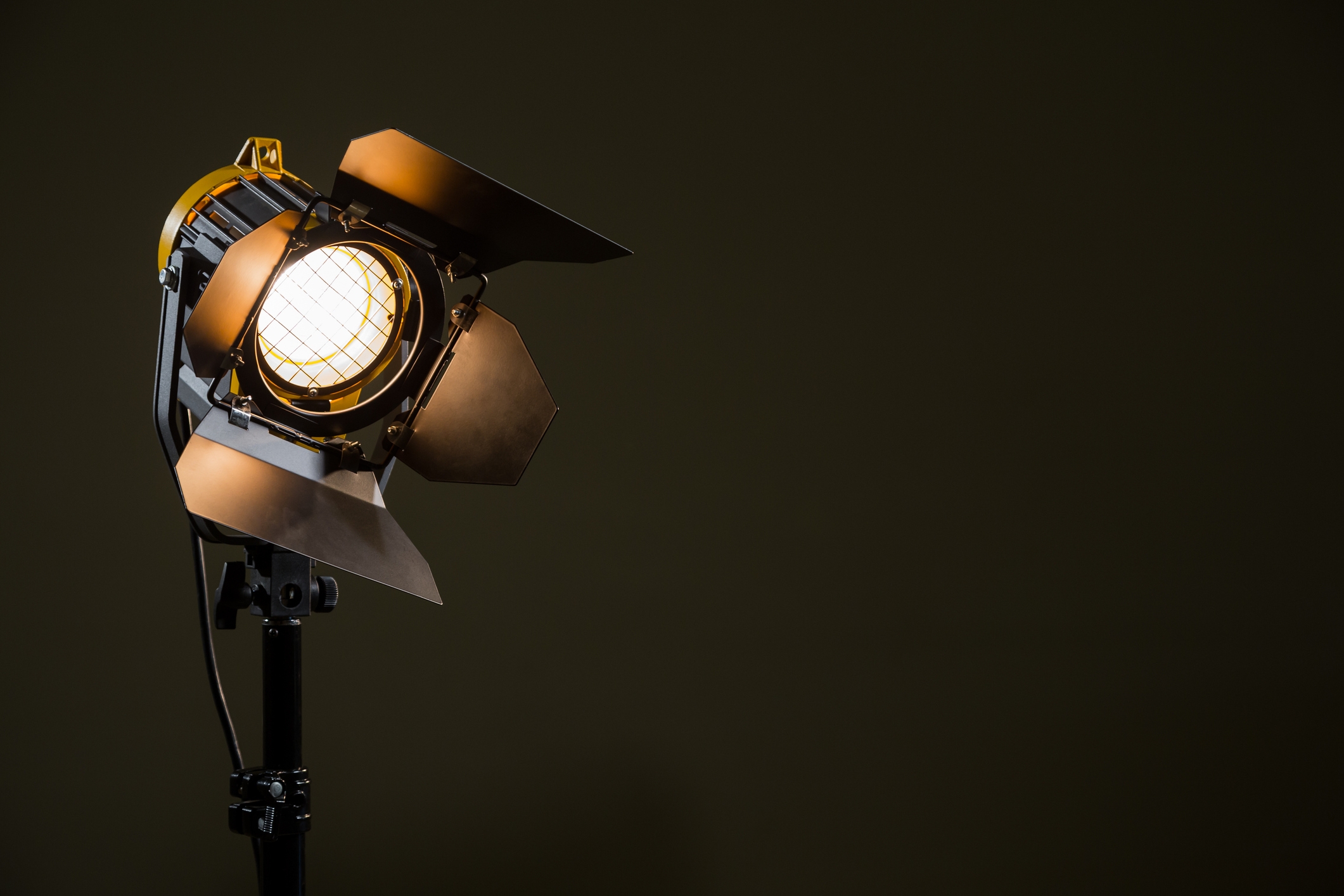Mastering the Art of Seamless Film Mapping on Arched LED Walls for Stunning Graphic Experiences
Mastering the Art of Seamless Film Mapping on Arched LED Walls for Stunning Graphic Experiences
Blog Article
Film projection is an exciting technology that allows images and footage to be projected onto surfaces, creating breathtaking aesthetic encounters. When it comes to curved surfaces, perfecting this art can be a bit more challenging than projecting onto flat surfaces. Rounded surfaces can include various elements from the sides of structures to art pieces and even stages. Understanding how to efficiently project footage onto these shapes is essential for creators, design professionals, and occasion organizers who want to create immersive settings that captivate viewers.
The first phase in video projection on curved surfaces is to comprehend the shape of the surface. Curved areas can be intricate, with different degrees of curvature. To achieve a seamless display, it is important to create a 3D representation of the area. This representation helps in imagining how the footage will appear when projected. Software tools are accessible that permit users to develop these representations and simulate the projection. By precisely aligning the measurements and shapes of the area, creators can ensure that the footage matches perfectly without warping.
Once the 3D representation is prepared, the following phase is to edit the footage content. This involves modifying the video to suit the particular form and size of the curved area. It is crucial to take into account the angles and viewpoints from which the audience will observe the projection. The content should be designed to improve the aesthetic experience, making it engaging and pertinent to the concept of the event or installation. Using high-quality visuals and motion graphics can greatly improve the overall impact of the projection.
After preparing the material, the real display process starts. This includes setting up the devices at the appropriate angles and distances to guarantee that the footage aligns with the 3D representation. Calibration is a crucial part of this procedure. It may necessitate adjusting the luminosity, differentiation, and focus of the devices to achieve the optimal results. Additionally, using several devices may Continue Reading be required to encompass larger or more intricate areas. This method, known as edge blending, helps form a continuous image across the whole area.
Ultimately, trialing the display is crucial before the conclusive show. This enables designers to make any necessary adjustments to the footage and projector settings. It is also an chance to see how the viewers will experience the display from different perspectives. By confirming that the video projection is flawless, creators can deliver a stunning aesthetic experience that creates a lasting impact. Mastering video projection on curved areas not only improves artistic output but also opens up new possibilities for narrative and audience interaction in various settings.